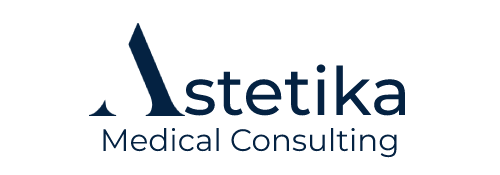Neck Lifting Surgery Methods

A neck lift enhances the appearance of the neck by tightening the skin and muscles beneath the surface.
The neck lift is an individualized procedure customized for each patient. Your plastic surgeon will evaluate your case and determine the appropriate treatment based on your specific requirements.
Contact us to schedule your Treatment today!
Rhytidectomy
The incision is made beneath the chin to conceal any scarring. After making the incision, the neck skin will be raised to expose the fat. The fat is then removed either directly or through liposuction. After this is accomplished, the muscle beneath the platysma is sutured tightly.
Second, the excess skin is removed using the Vertical Z Incision technique. It tightens the skin by removing excess fatty tissue and wrinkled skin from the face.
Platysmaplasty
The Platysmaplasty procedure reconstructs the neck muscles surgically. It is performed to revitalize the neck and submental area. During surgery, a discrete incision is made at the base of the chin.
While the loose platysma muscles are reduced and re-sutured into a single muscle, excess fat is removed using endoscopic instruments. These muscles will provide a sturdy barrier to prevent the formation of neck folds. Platysmaplasty slows the aging of the neck, making it appropriate for patients in their forties and fifties.
Cervicoplasty
Cervicoplasty is a surgical procedure that removes excess skin from the neck and chin. Lidocaine and epinephrine are applied to the surgical site in order to facilitate the removal of fat cells.
Throughout the surgical procedure, discrete Z-plasty incisions will be made. A small suction probe will then be utilized to extract the fat. on.
In general, a cervicoplasty is not recommended for patients with significant excess fat and advanced signs of aging. Specifically, cervicoplasty is a minimally invasive procedure.
- With all major health insurance carriers
- Psychiatric Facility-Partial Hospitalization
- Arrive heartburn and leave with treatment
- Individuals with Intellectual Disabilities
- Psychiatric Residential Treatment Center
- Substance Abuse Treatment Facility
- End-Stage Renal Disease Treatment Facility
- Intermediate Care Inpatient Rehabilitation


What We Offer For You?
Full Mouth X-Rays
50$
Bitewings - Four Films
28$
Panoramic Film
52$
Sealant - Per Tooth
24$
Digital molds
350$
Denture Photos
175$
3D Scan
190$
Routine 6 Month Check-up
20$
Rhinology Staff

Dr. Alice Waters

Dr. Jamie Oliver

Dr. Clare Smyth

Dr. Bobby Flay

Dr. Carla Hall

Dr. Gordon Ramsay
Frequently asked questions
Loss of juvenile neck contours can be caused by multiple factors, including genetics, gravity, environmental conditions, and stress.
Occasionally, surgery may be performed as an adjunct to a facelift. There are numerous causes for sagging skin on the neck, but the most significant are:
You have a double chin that makes you appear older, you have excess skin and fat in your neck, you desire a more elegant neck and a defined jawline, your neck has developed wrinkles.
A neck lift is only possible through surgical means. Non-surgical treatments are incapable of producing the same results as a surgical neck lift.
The evaluation of the patient’s medical file is the initial step. The surgeon will have the opportunity to review any medications, nutritional supplements, or vitamins that the patient may be taking. On the surgeon’s recommendation, patients can also undergo x-ray procedures. After surgery, patients can request a responsible individual to drive them home.
A neck lift is typically performed as an outpatient procedure. Behind each ear, the cosmetic surgeon will make a small incision. Through these incisions, the neck muscles are tightened and excess, sagging skin is removed. Another common procedure for neck lift surgery is liposuction. Small incisions are made behind the ears and under the chin by the surgeon. However, liposuction will not resolve the structural issues that contribute to the neck’s appearance.
During the recuperation period, a bandage will be applied to the face and neck to reduce swelling and bruising. A thin tube will be used to remove any excess blood or fluid that may collect beneath the skin. Patients will be given specific instructions, including care of the surgical site and drains, medications to be taken orally to promote healing and reduce the risk of infection, and care of the surgical area and drains.






